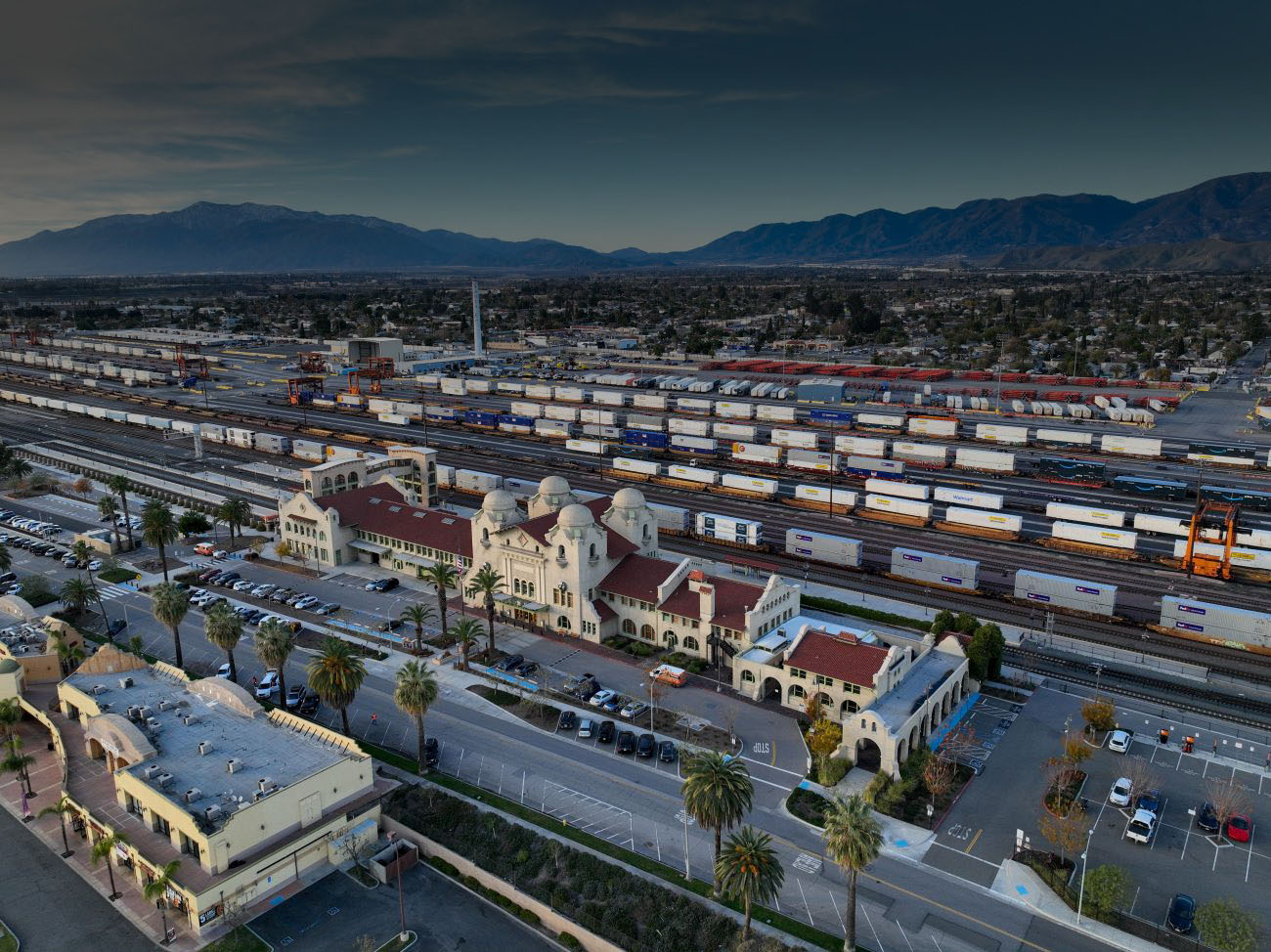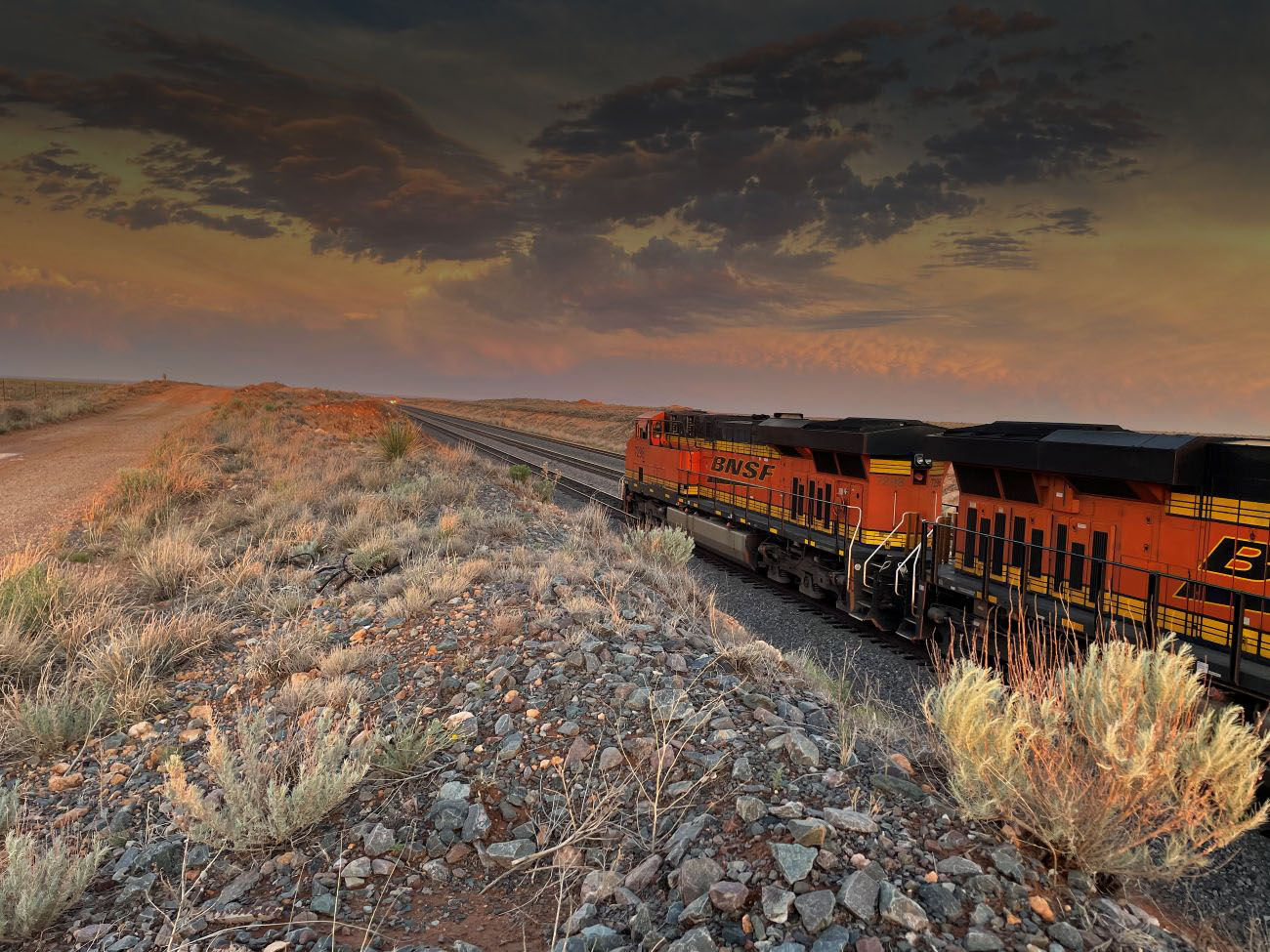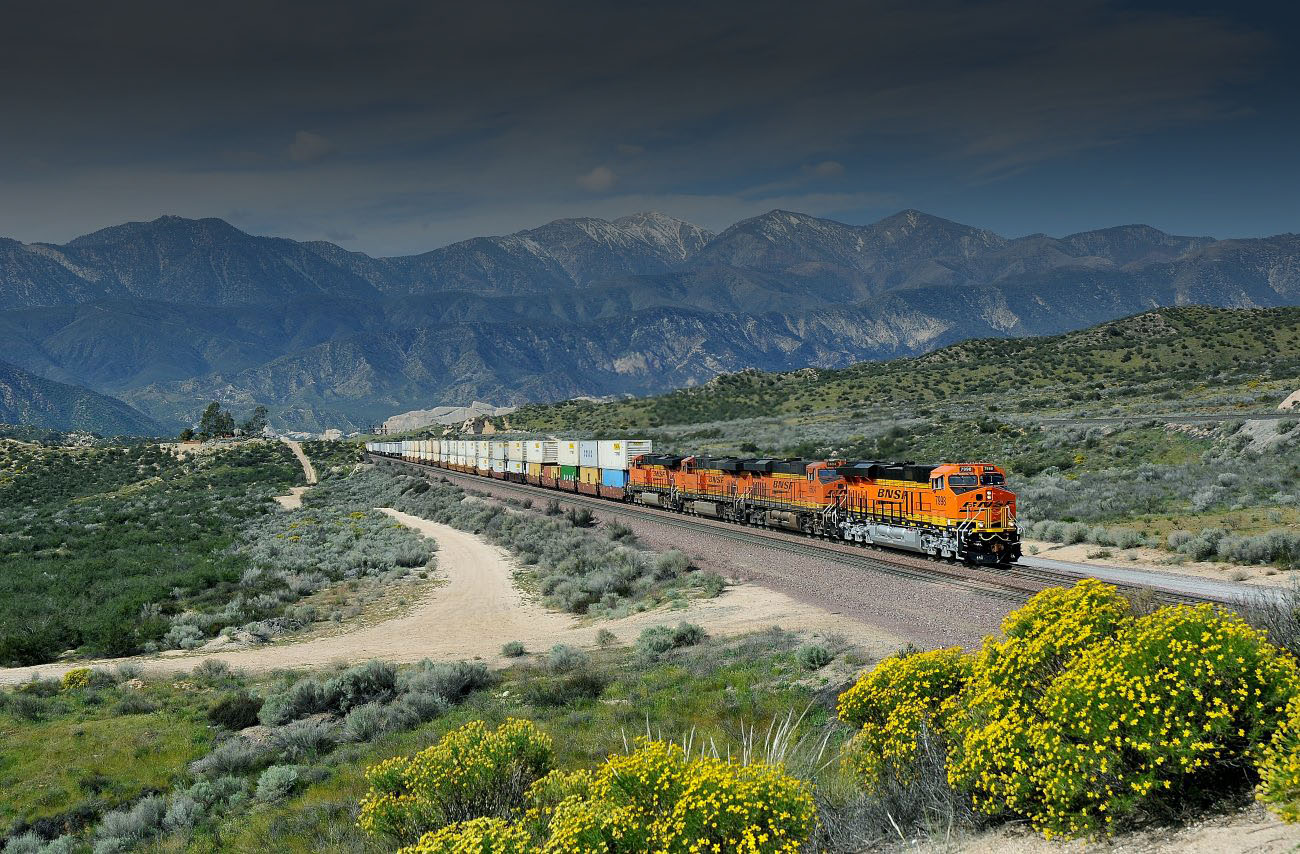Spokane, Washington: The Imperial City
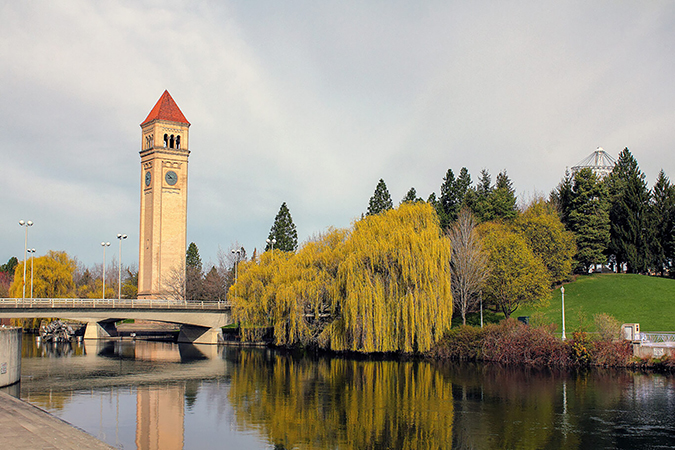
As the largest city on BNSF’s northern transcontinental rail line between Seattle and the Twin Cities, Spokane is an integral part of the BNSF network. Throughout the history of the town and of railroading in the Pacific Northwest, Spokane has served as a vitally important center for BNSF predecessor railroads and continues that legacy today.
Situated in what many consider the breadbasket of the Inland Northwest's robust agricultural sector, it's no surprise that much of the area’s railroad history evolved around the importance of moving natural resources to larger markets and to West Coast ports. In addition to agricultural commodities, the area is rich in timber products and mineral resources.
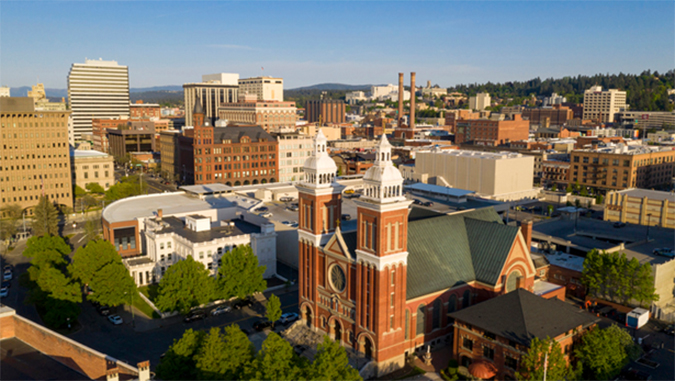
The city was chartered in 1881, but even before the town existed, railroads were already present. Three of BNSF’s predecessors operated in Spokane. The Northern Pacific (NP) arrived in 1881, the Great Northern (GN) in 1891, and the SP&S (Spokane, Portland & Seattle) in 1907. These railroads and others have been hauling freight through the region since 1873.
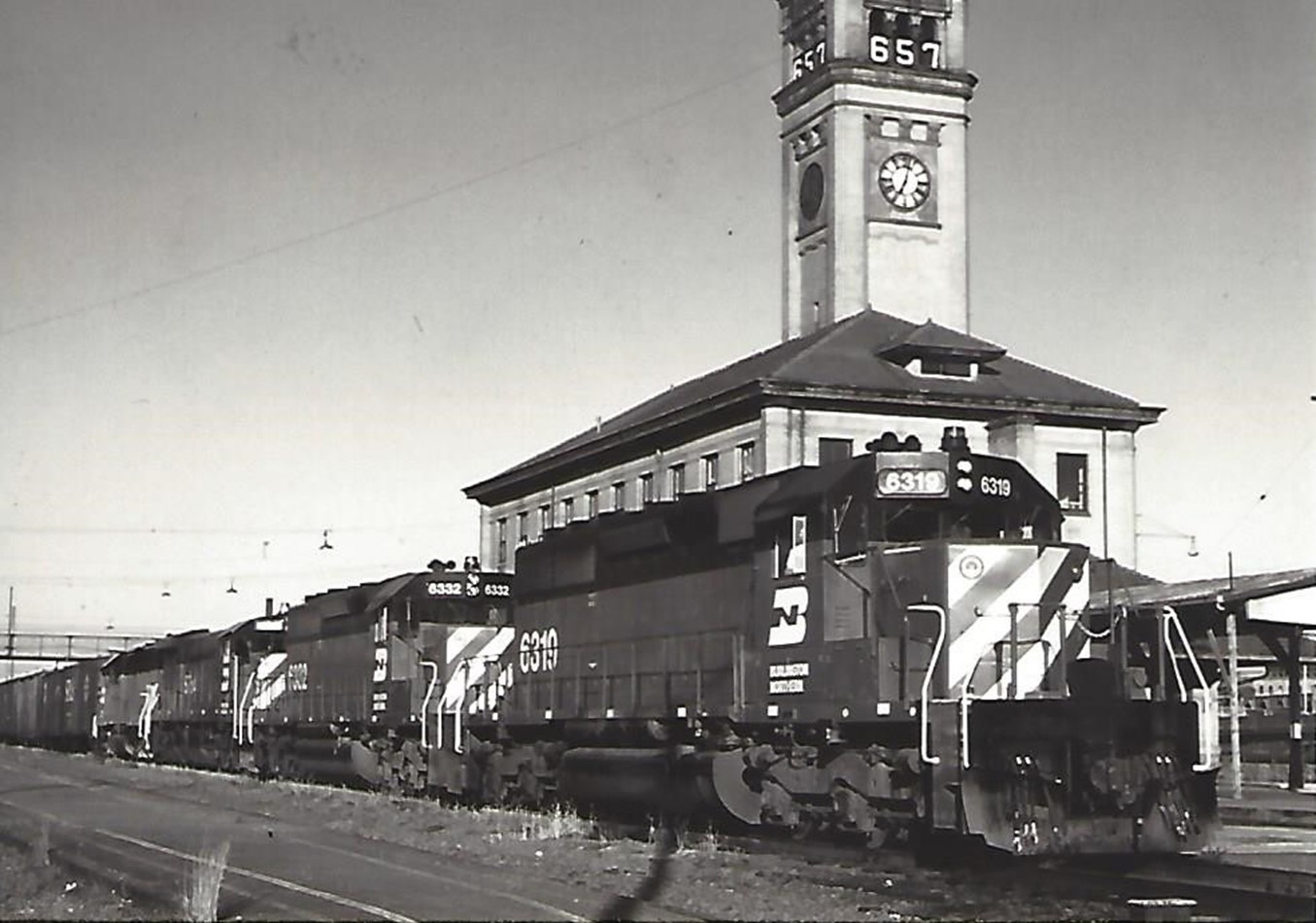
Spokane was linked to both ends of the continent in 1883. In the same year, gold was discovered in the Coeur d’Alene, Idaho, Mining District. Spokane became the headquarters and service center for many of these mines, which led the town to become the main gate to the Pacific Northwest. Railroad maps showed Spokane, the so-called “Imperial City,” as the center of the newly created Inland Empire.
Local investors and their mining revenue helped to quickly rebuild the city after a major fire in 1889. There was so much new construction and concentration of commercial buildings in the downtown core between the base of the South Hill and the NP tracks that those tracks were elevated above street level in 1914-15 to eliminate traffic problems downtown. Railroads influenced both the development and appearance of Spokane, bringing new citizens to an emerging city and monetizing the area’s numerous resources.
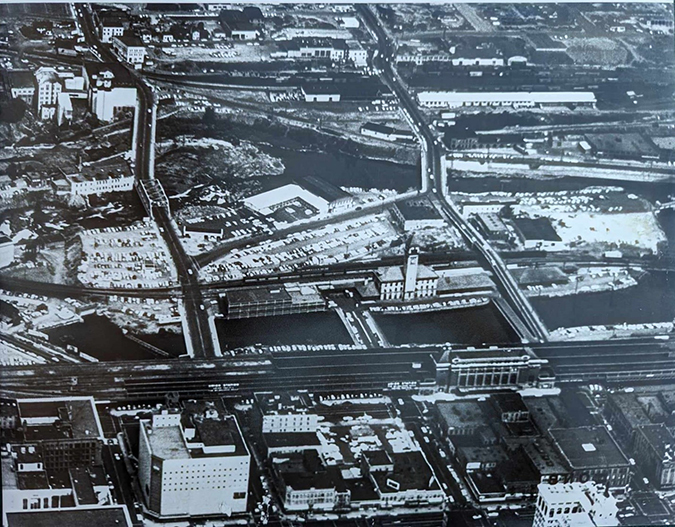
Some of Spokane's earliest citizens came for the railroading. James J. Hill, president of the GN, built a large rail yard northeast of downtown in 1892, and a small town of railroad workers and their families grew around it. "Hill’s Yard" was a rough place for many years, but the town of Hillyard has recently experienced an economic revitalization. Combined with the construction of the North Spokane corridor, a major highway project removing north-south arterial traffic from pedestrian and street level, Hillyard is experiencing a renaissance and is still one of the more interesting and socially diverse neighborhoods in Spokane.
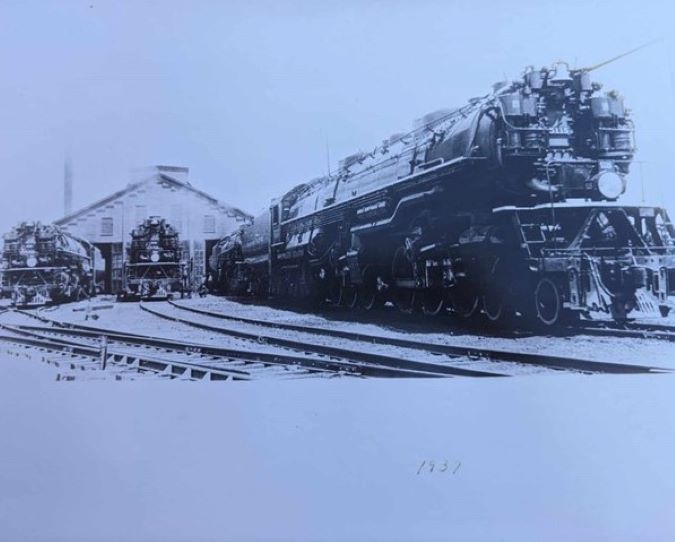
The majority of Spokane's historic rail lines converged at a rail yard in downtown Spokane situated on the banks of the Spokane River. In an act of civic goodwill that is still celebrated today, the railroads engaged in a land exchange between the City of Spokane and private landowners, which connected the former NP mainline to the elevated GN tracks. In exchange for permission to acquire the necessary rights-of-way, the railroad vacated a swath of downtown, enabling the city to create a park that was the site for the 1974 World's Fair. Spokane remains the smallest city to ever host a World's Fair, an act that would not have been possible without the railroads’ cooperation.
The Great Northern Depot, which was located at this site, was removed in preparation for the fair, but the depot’s clock tower remains and continues to be a celebrated part of the city’s iconic skyline.
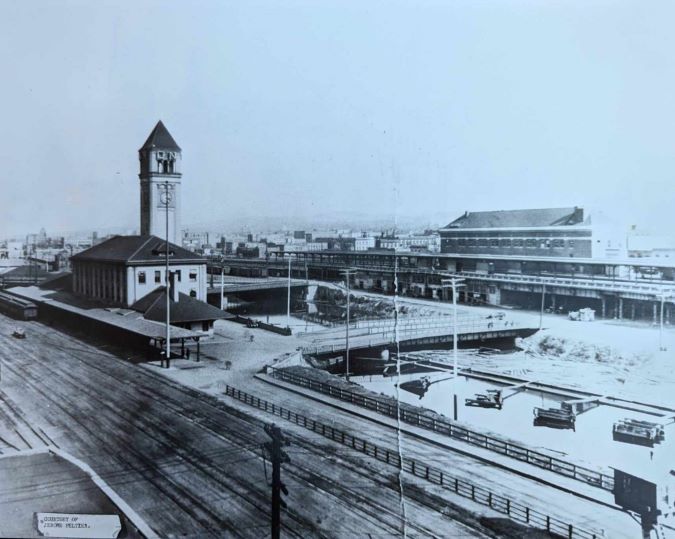
Today, the railroads are still an important piece of Spokane's economy. BNSF maintains major operations in this area, both at Yardley in Spokane Valley and at the Hauser, Idaho, Mainline Fueling Depot just across the border to the east in Idaho.
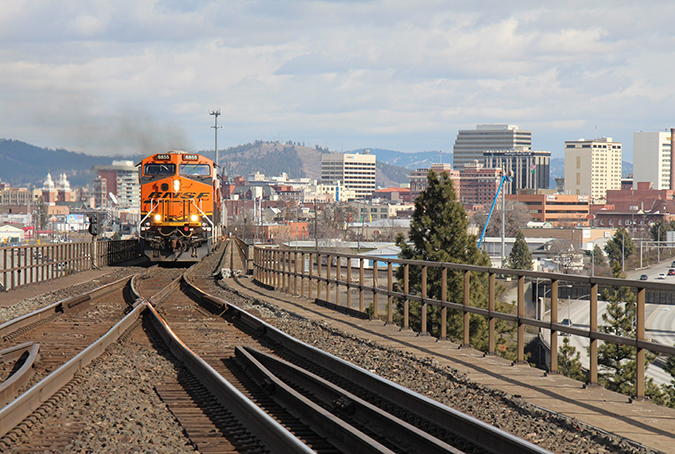
“Spokane is the gateway to the West Coast,” Mike Surina, terminal superintendent for Spokane/Hauser, said. “Even products that are heading east, everything funnels through Spokane in our eastbound/westbound lanes. We play a key role in the overall importance of the BNSF system and the economy of the West Coast ports; we are also important to the state of Washington as well as the overall commerce of the country.”
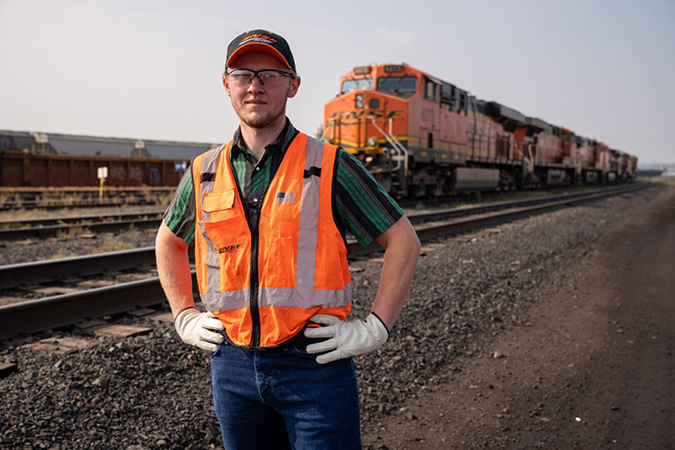
BNSF has roughly 500 employees on the Spokane Subdivision. BNSF still ships timber products, mining ore, grain and agricultural commodities, and other natural resource products from Spokane. The railroad also moves petroleum products, manufactured goods, fertilizers, food and many other commodities to the ports on both sides of the country. Spokane has always been an important link in the rail network for BNSF and this will undoubtedly continue well into the future.
